
Hiberg RFC-400DX NFGW inverter
Данная инструкция на русском языке предназначена для холодильника Hiberg RFC-400DX NFGW inverter, описывает принцип работы и основные моменты эксплуатации устройства. Перед первым включением рекомендуется внимательно изучить данное руководство.
Инструкция для холодильника представлена в формате PDF, который поддерживается на всех современных устройствах, так что сложностей с открытием файла возникнуть не должно. Но если открыть документ не получается, установите любую программу для чтения PDF файлов, например Acrobat Reader.
Чтобы распечатать инструкцию, нужно ее сначала скачать, для этого кликните по кнопке «Скачать инструкцию», файл откроется в новой вкладке, затем нажмите комбинацию клавиш Сtrl + P и из открывшегося диалогового окна, отправьте документ на печать.
Другие Холодильники Hiberg
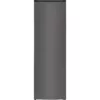 Hiberg FR-25 NFCX
Hiberg FR-25 NFCX 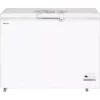 Hiberg PF 32L4 NFW
Hiberg PF 32L4 NFW 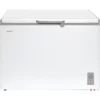 Hiberg PF 42L2GW
Hiberg PF 42L2GW 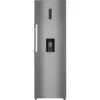 Hiberg i-RF 40D S
Hiberg i-RF 40D S  Hiberg PF 56L2W
Hiberg PF 56L2W  Hiberg i-RF 40D W
Hiberg i-RF 40D W  Hiberg RFQ-600DX NFGW Inverter
Hiberg RFQ-600DX NFGW Inverter 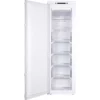 Hiberg FRB 30 NFW
Hiberg FRB 30 NFW  Hiberg RFQ-600DX NFDs Inverter
Hiberg RFQ-600DX NFDs Inverter  Hiberg RF 40DD NFW
Hiberg RF 40DD NFW 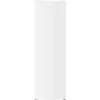 Hiberg FR-25 NFCW
Hiberg FR-25 NFCW  Hiberg RFQ-555DX NFGW Inverter
Hiberg RFQ-555DX NFGW Inverter  Hiberg i-RFCB 455F NFW
Hiberg i-RFCB 455F NFW 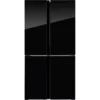 Hiberg RFQ-500DX NFGB Inverter
Hiberg RFQ-500DX NFGB Inverter 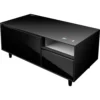 Hiberg X3 Black
Hiberg X3 Black 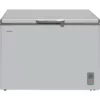 Hiberg PF 42L2GS
Hiberg PF 42L2GS  Hiberg RFQ-500DX NFGR Inverter
Hiberg RFQ-500DX NFGR Inverter 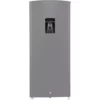 Hiberg RF-23DS
Hiberg RF-23DS 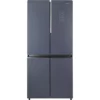 Hiberg RFQ-590G GT Inverter
Hiberg RFQ-590G GT Inverter  Hiberg RF-40DD NFS
Hiberg RF-40DD NFS
Добавить комментарий